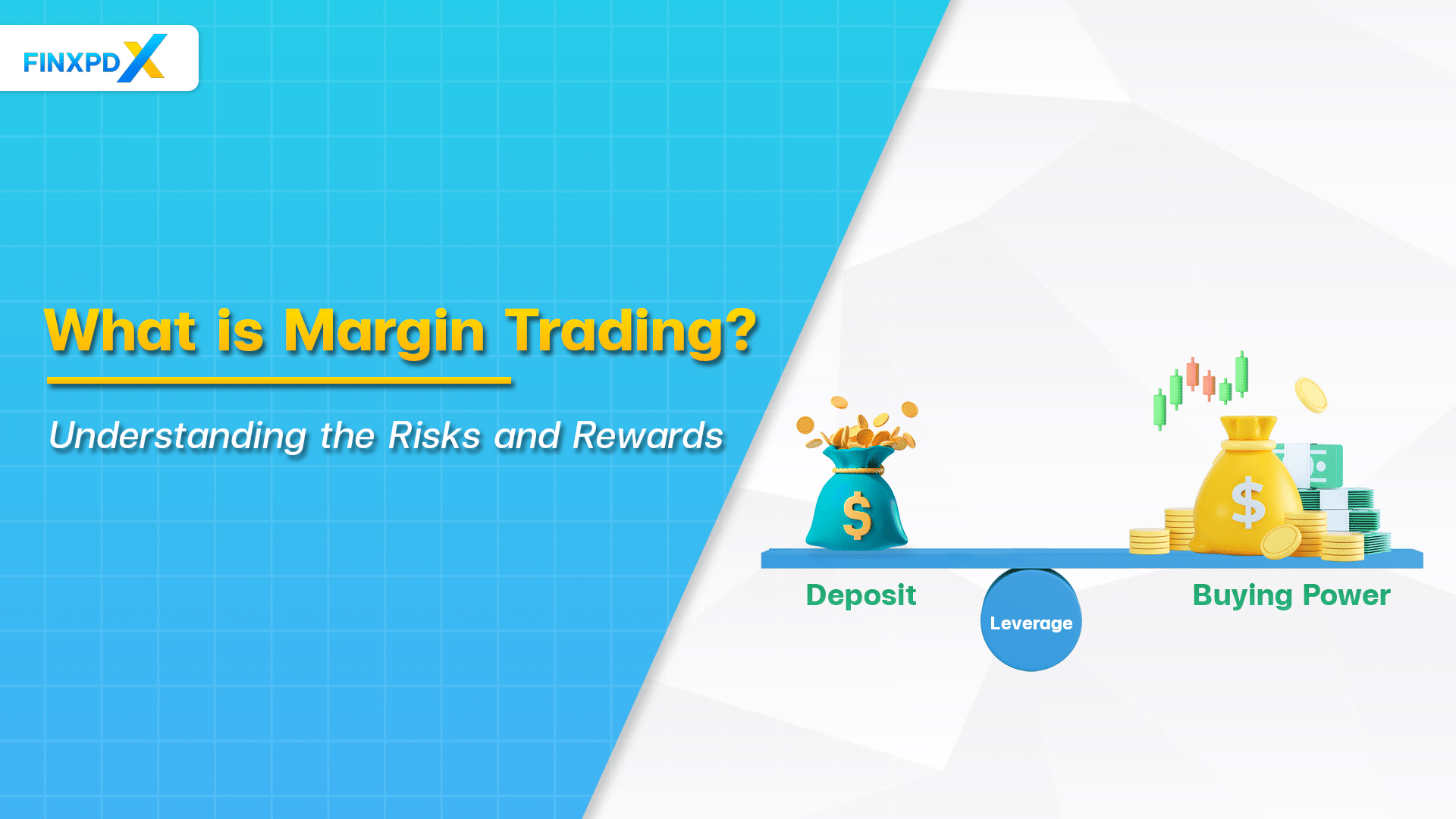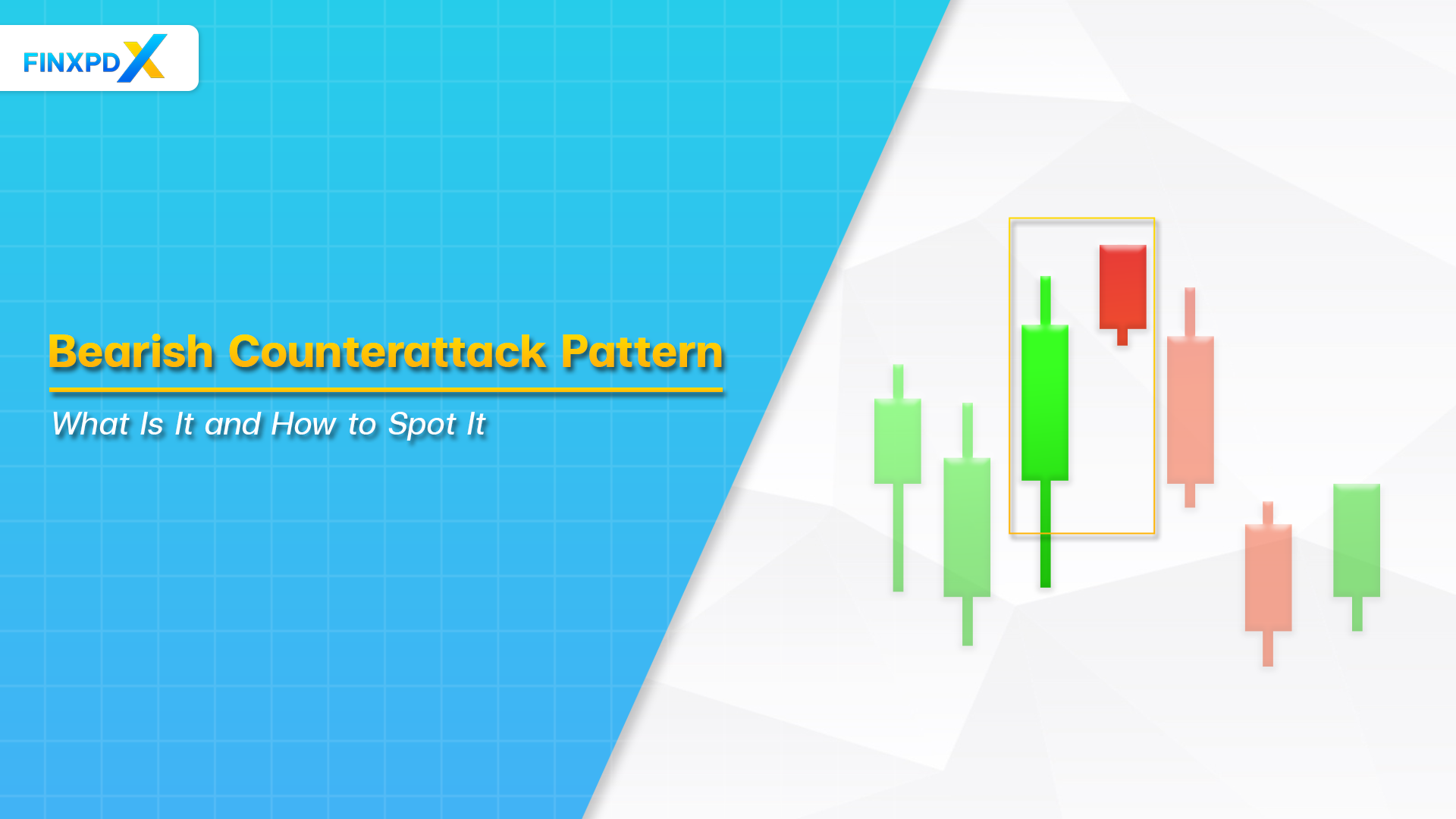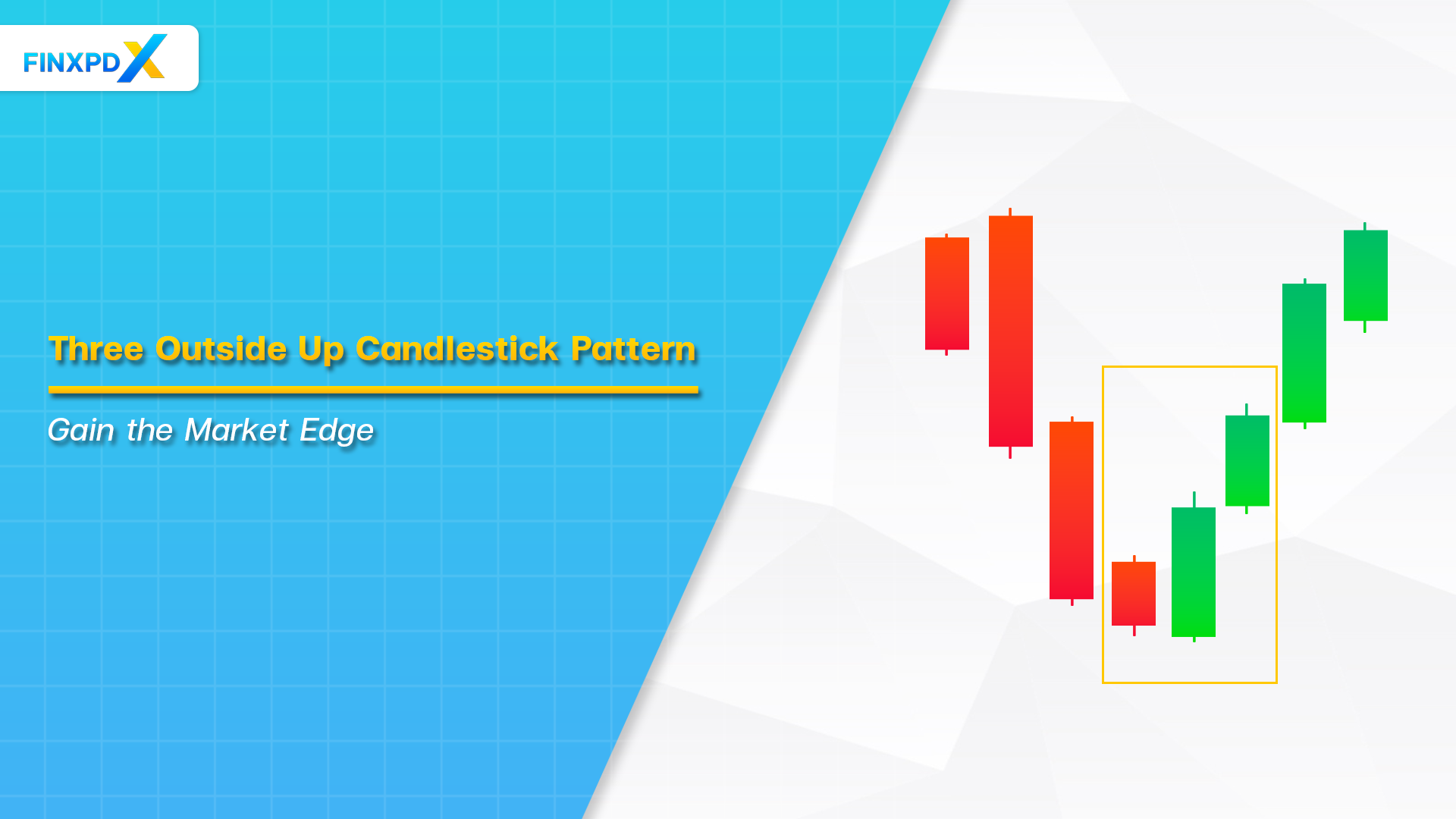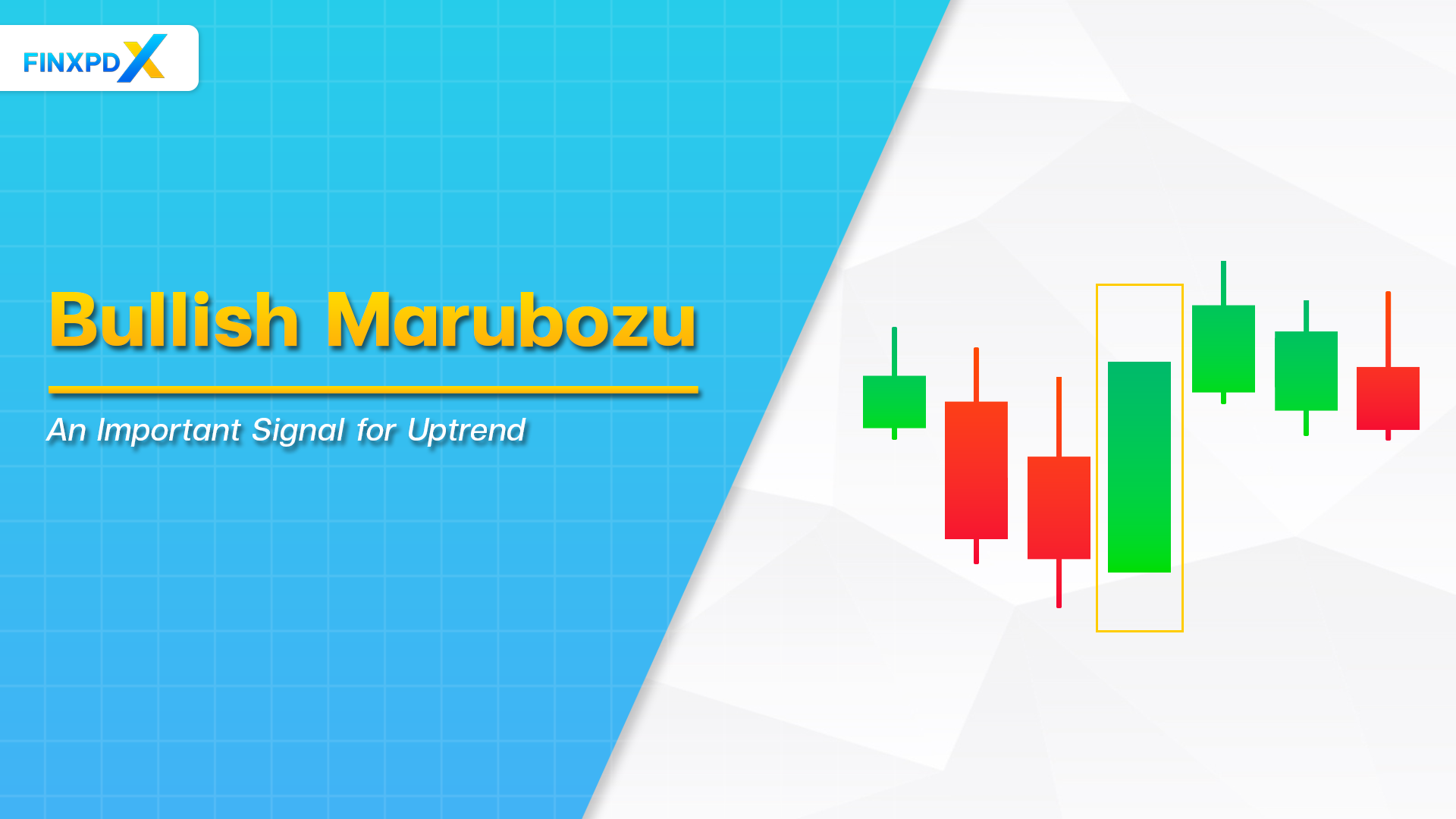In the investing world, margin trading is a double-edged sword. It offers gains and increased risks by allowing investors to borrow funds from a broker and boost their investment capabilities. However, this also comes with a possible downward turn in your assets that could not only erase your initial investment but will leave you in debt to the broker.
In this article, we will delve into the complexities of margin trading, explaining what it is, how it works, and the risks and rewards involved.
What Is Margin Trading?
Margin trading boosts your ability to make larger investments than you could with just your money. The trading is also known as buying on margin. However, it’s crucial to remember that leveraging borrowed money increases your risk of bigger losses. When you open a new brokerage account, you usually have the option to set up a margin account for this purpose.
This form of trading is essentially a secured loan, with the assets you purchase serving as collateral. Regulations typically allow you to borrow up to half the investment’s purchase price, although brokers may have their own limits.
Key Takeaways
- Margin trading amplifies your buying power, allowing you to invest in more assets than you could with just your own funds.
- Margin accounts offer flexible repayment terms, freeing you from fixed schedules as long as you meet the broker’s maintenance margin.
- Forced liquidation is a risk if you can’t meet a margin call, potentially resulting in significant financial loss.
- Interest costs are an unavoidable aspect of margin trading.
The Process for Trading on Margin
Margin trading involves borrowing funds from a broker to trade financial assets, allowing investors to amplify their potential returns. To start, you must open a margin account with your brokerage firm, which requires a minimum deposit, known as the initial margin.
Once the account is set up, you can borrow money to buy securities. The amount you can borrow typically is a percentage of the purchase price, referred to as the margin requirement. The borrowed money with your own funds allows you to control a larger market position.
However, brokers charge interest on the borrowed funds, which must be factored into your potential returns. While margin trading can magnify gains, it also increases the risk of significant losses. If the value of the securities falls below a certain level, the broker may issue a margin call, requiring you to deposit more funds or sell securities.
The Components of Margin Trading
The Federal Reserve, FINRA, and the SEC all strictly watch margin trading activities. While individual brokers have their own set of rules, there are standard guidelines that generally apply to all margin trading.
Minimum Margin
This refers to the lowest amount you must deposit to begin. The requirement is either $2,000 or the entire cost of the securities you wish to purchase, whichever is lower. Some brokers may have higher requirements.
Initial Margin
This refers to the portion of the asset’s purchase price that comes from your own pocket when you engage in trading. Under the Federal Reserve’s Regulation T, you can borrow up to 50% of the initial cost of stocks, although some brokers may set a higher threshold.
Maintenance Margin
This refers to the minimum balance you must maintain in your margin account once you own securities on margin. The general requirement is at least 25%, but it can go up to 40%, depending on the broker’s policy. This component aims to prevent investors from sinking too deep into debt.
Benefits of Margin Trading
Leverage
Leverage is the main advantage of trading on margin. It amplifies your buying capacity. In a standard cash account, you’re limited to purchasing assets only if you have the funds to cover the entire cost. However, margin trading allows you to acquire more assets than you could with just your own cash.
Flexibility
Margin accounts stand out from other loans because they don’t have fixed repayment schedules. You can pay back the loan whenever you sell the stock, helping you meet the broker’s maintenance margin requirements.
Magnifies Profits
Trading on margin can significantly boost your earnings. This is possible because as the value of your securities goes up, not only do your assets increase in worth, but their rising value also gives you additional leverage for future margin trades.
Risks of Margin Trading
Increased Losses
The opposite side of increased earnings is the risk of higher losses. If the assets you’ve acquired on margin take a downward turn, you could lose your investment and still owe the broker for the loan you applied for.
Margin Calls
When the value of your assets drops below the broker’s minimum maintenance requirement, you’ll get a margin call. This is a demand from the broker to deposit more funds into your account to meet the required maintenance margin. Failing to do so could lead to financial instability.
Interest
You must pay interest on the borrowed funds. The interest rate can vary depending on the broker and market conditions, typically ranging from 4.75% to 12%. You must pay interest regardless of how well or poorly your investments perform.
Violent Liquidation
If you can’t meet a margin call by the deadline, your broker has the right to sell off the assets you bought on margin. This can happen without your consent and could result in significant financial loss.
⚠️Tip: Approach margin trading cautiously; it’s riskier than other investments.
Conclusion
Before diving into margin trading, it’s crucial to understand the margin trading meaning, which refers to the practice of borrowing funds to buy or sell assets in the financial markets, amplifying both potential profits and losses. While this can supercharge your buying capabilities, it also comes with its own set of risks. Therefore, it’s better to be cautious at all times when investing in this way.
Use only funds that you are willing to lose, and be ready for unexpected events like margin calls at all times. On the other hand, margin trading offers the opportunity to diversify your investment portfolio which is appealing and can be beneficial to all traders.
FAQs
Margin trading is a strategy where you use borrowed funds from a broker to invest in more assets than you could with just your own money.
You open a margin account with a broker, make an initial deposit, and then borrow more money to invest. Your assets act as collateral, and you must maintain a minimum balance, known as the maintenance margin.
It’s generally not advised for beginners due to its high-risk nature. You need an understanding of the market and risk management.
Potential for higher losses, margin calls, interest costs, and forced asset sales.
For example, if you have $5,000 in your account and a stock costs $100 per share, you could potentially buy shares worth $10,000 by borrowing an extra $5,000. If the stock’s value drops, you could lose more than your initial investment and face a margin call.
Related Articles:
- Balance of Trade: Its Implications in Global Markets
- Forex Trading: The Complete Guide to Success
- Spot Market: What It Is and How It Works?
- What Is Bullish Candlestick Patterns & How To Use It?
Read more: Forex








